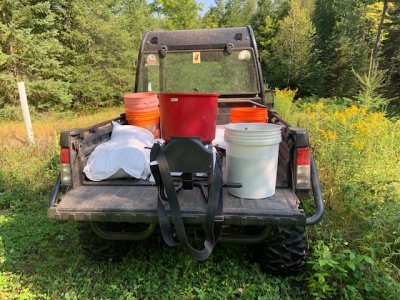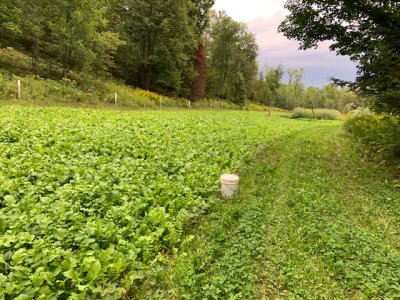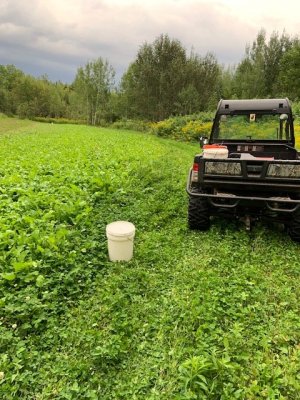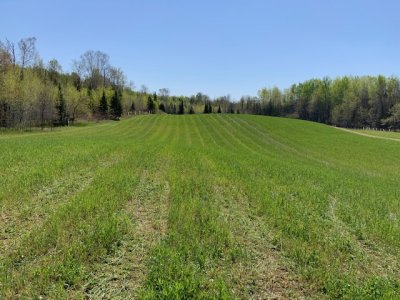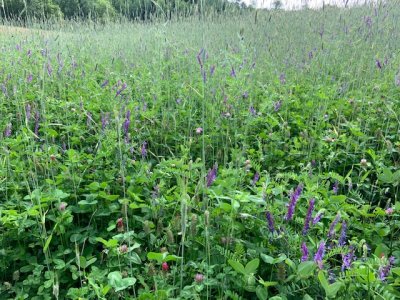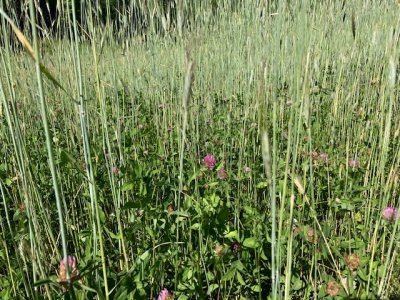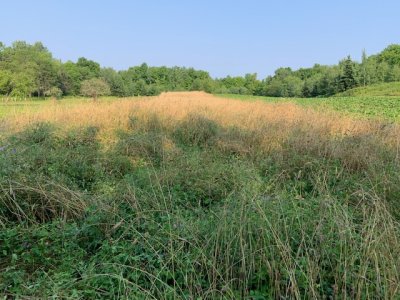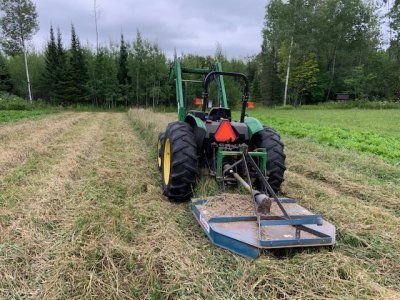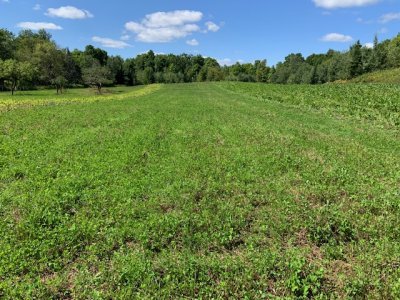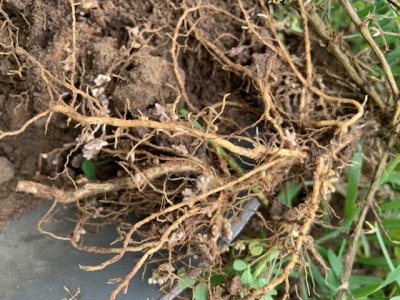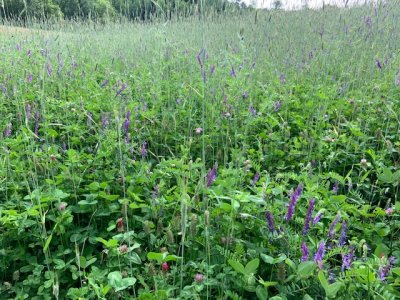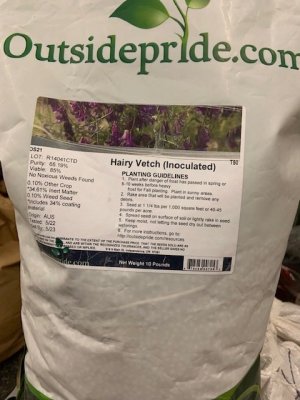Sounds like a good plan Tree Spud. This was my first year planting both a summer cover crop and a fall cover crop - pending. Somehow I managed to forget Hairy Vetch in my mix for the summer crop but I do have it in my fall cover crop and I plan to always include it in future summer cover crops. If you look at the Vitalize Seed Co -
@Buckhunter10 has, both his summer mix, Nitro Boost, and his fall mix, Carbon Load, include Hairy Vetch...and for good reason. It goes a long way towards helping us achieve our goals of building and maintaining healthy soils.
The other thing I plan to do that is different this year is to go ahead and drill my fall cover crop into the summer cover crop, but I will be doing this earlier than normal - like within the next week (if I ever see any rain coming). The draw back to planting the fall cover crop early is that, while most everything in the seed mix will benefit from an early planting, the cereal grain component will likely be too tall and much less palatable for a fall attraction. As such, I am only including 10#/acre each of oats, wheat and rye in with the rest of the cover crop mix. That will provide a little early season forage, but the bulk of the cereal grains will be broadcasted over top of the cover crop at the end of August, giving me a more desirable and more palatable fall forage for my deer.
Yes, this includes an extra step (and a lot more work than drilling the seed once), but I think it will provide a better cover crop... IDK - maybe I am overthink it?? :)

